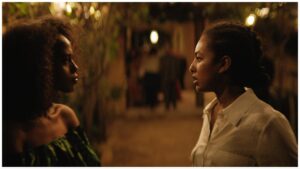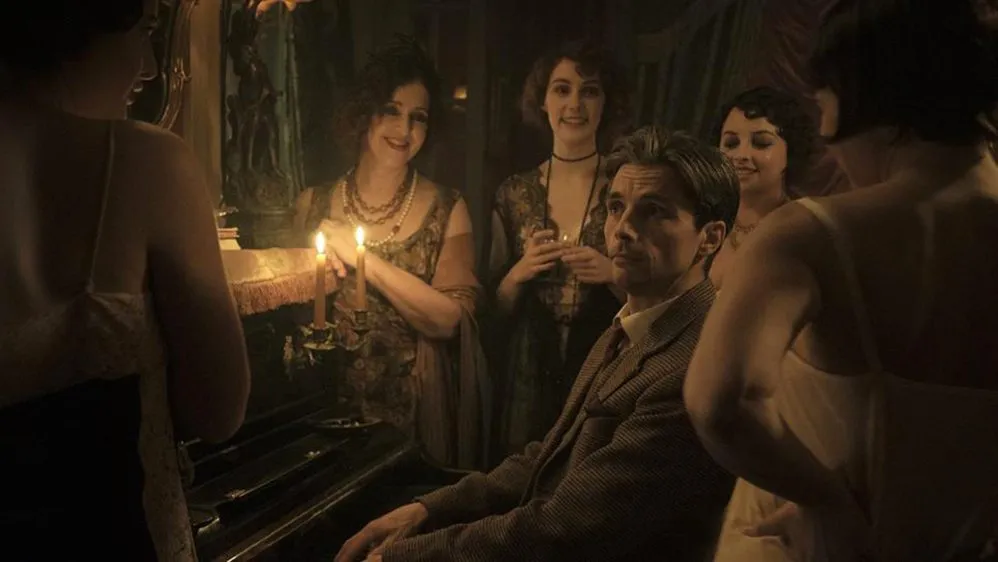Anne Fontaine’s newest film takes us on a unique journey, suggesting that somewhere on Earth, someone is playing Maurice Ravel’s iconic “Boléro.” While proving this claim might be challenging, the ubiquity of this musical masterpiece in various mediums adds a touch of credibility to the statement.

In “Boléro,” Fontaine offers a fresh perspective on the life of the renowned composer, Maurice Ravel. Despite the film’s occasional forays into the well-trodden path of the “tortured genius” narrative and its somewhat extended runtime, it manages to reignite our appreciation for the enchanting music – from the rhythmic snare drums to the mesmerizing woodwinds.
Raphaël Personnaz, portraying Ravel, skillfully brings out the subtle idiosyncrasies of the composer. The film unfolds over the six years leading up to the debut of Ravel’s commissioned ballet for Ida Rubenstein, revealing the inner turmoil and self-doubt of the artist.

Draped in the elegant cinematography of Christophe Beaucarne, Fontaine employs a narrative structure that mirrors the circularity within Ravel’s compositions. We witness key moments in Ravel’s life, both before and after “Boléro,” offering insights into his struggles, triumphs, and personal life.
Exploring Ravel’s relationships, the film introduces us to close friendships, particularly with pianist Marguerite Long and a long-standing love affair with Misia. This muse-like figure adds complexity to Ravel’s personal narrative, cleverly keeping just out of reach due to her multiple marriages.
Fontaine delicately suggests that Ravel’s inspiration wasn’t solely driven by earthly pursuits but rather by his unique connection to sound, reminiscent of ASMR experiences. This nuanced approach showcases the depth of Ravel’s feelings for both Misia and his music.
Rather than oversimplifying the creation of “Boléro,” the film provides a glimpse into the intricate blend of toil, despair, and inspiration that contributes to genius. Personnaz’s portrayal of Ravel culminates in a poignant moment where, at the end of his life, he hears a recording of “Boléro” and marvels with soft surprise, questioning, “Did I really write that? It wasn’t bad.”
In essence, Fontaine’s “Boléro” invites audiences to rediscover the complexities and beauty of Maurice Ravel’s life and work, offering a nuanced portrayal of the man behind the musical masterpieces.















































